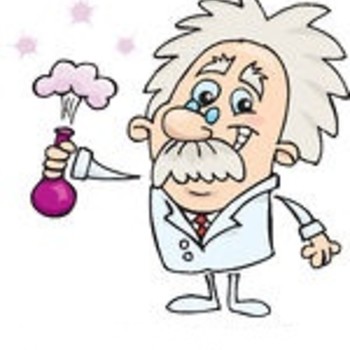#Fe^3# + 3HOH => #Fe(OH)_3# + #H^+# => Acidic Soln
#CH_3NH_3^+# + HOH => #CH_3NH_3#OH + #H^+# => Acidic Soln
Neither #Li^+# or #Cl^-# will undergo hydrolysis as reaction with water theoretically yields a strong electrolyte (Stg Base; LiOH & Stg Acid; HCl). Such species prefer to remain 100% ionized and the pH at equivalence point for this salt is exclusively dependent upon the autoionization of HOH => pH = 7 at #25^oC# & System is pH neutral.
#C_6H_5NH_3^+ NO_2^-# => #C_6H_5NH_3^+# + #NO_2^-#; Kb(aniline) = 4.2E-10
#NO_2^- + HOH => HNO_2 + OH^-#; Ka(nitrous acid) = 4.5E-4
#C_6H_5NH_3^+# + HOH => #C_6H_5NH_3^+OH^-# + #H^+# => Acidic Solution
The smaller K-value compound dominates hydrolysis => Soln is Acidic b/c Ka < Kb. This means that the anilinium ion is a reasonably strong conjugate acid producing higher degree of hydrolytic effect than the Nitrite ion which => #[H^+] > [OH^-]# => pH < 7 (acidic).
NaF => #Na^+# + #F^_#
#F^-# + HOH => HF + #OH^-# => Basic Solution

